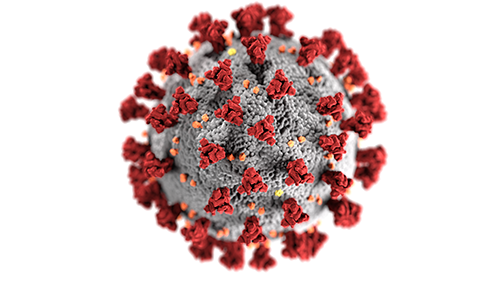
Haute exactitude d'un système de mesure de référence pour les tests SARS-CoV-2 démontrée par les laboratoires nationaux

Results from part of the study demonstrating that laboratories performing molecular RT-dPCR methods are able to perform with good agreement with each other and the SI-traceable orthogonal methods (isotope-dilution mass spectrometry and single molecule flow cytometry), the latter providing the basis for the RT-dPCR method's claimed accuracy. The RT-dPCR results were compared with orthogonal methods using different concentrations of the same RNA material. The different concentrations were prepared using gravimetric dilution. Diamonds show individual laboratories' results with solid black line (mean) and dotted green lines +/-40% of mean value.